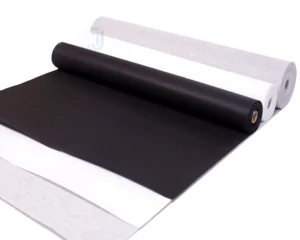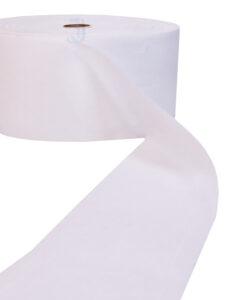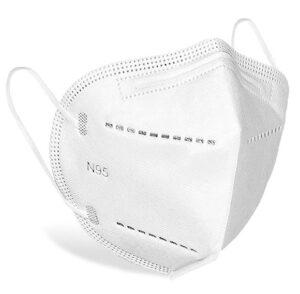
Uses of Non Woven Polyester Felt
NONWOVEN FELT INCEPTION Felt Nonwovens were one of the oldest textile material to be used in
Non-woven materials have numerous applications in the automotive industry, offering a wide range of benefits such as noise reduction, insulation, filtration, reinforcement, and more. Here are some common uses of non-woven fabrics in the automotive industry:
Non-woven fabrics are used extensively in the interior trim of vehicles. They are used as carpet backings, headliner materials, door panel inserts, and seat reinforcements. Non-woven fabrics provide insulation, sound absorption, and enhance the overall comfort and aesthetics of the vehicle's interior.
Non-woven materials are utilized for noise reduction and acoustic insulation in vehicles. They are used as sound barriers in engine compartments, wheel wells, and other areas prone to noise. Non-woven sound insulation materials help to reduce road, engine, and wind noise, enhancing the driving experience.
Non-woven fabrics are employed in air and cabin filters in vehicles. They provide efficient filtration of air, preventing dust, pollen, and other particles from entering the cabin. Non-woven filter media offer high filtration efficiency, low pressure drop, and are compatible with different filtration systems in automotive HVAC systems.
Non-woven materials find applications in engine components such as gaskets, seals, and thermal insulation materials. They provide heat resistance, vibration damping, and sealing properties. Non-woven engine components help to enhance engine performance, reduce heat transfer, and ensure proper sealing for optimal operation.
Non-woven fabrics are used as separators in automotive batteries. They provide a physical barrier between the positive and negative plates, preventing short circuits while allowing the flow of electrolytes. Non-woven battery separators offer high porosity, low electrical resistance, and excellent acid resistance.
Non-woven fabrics are used in various exterior applications, such as underbody shields, wheel arch liners, and trunk liners. They provide impact resistance, thermal insulation, and protect against road debris and water splashes. Non-woven exterior applications help to enhance the durability and functionality of the vehicle.
Non-woven fabrics are utilized as reinforcement materials in automotive composites. They are combined with other materials, such as resins or thermoplastics, to create lightweight and strong components for automotive applications. Non-woven reinforcements offer improved strength, dimensional stability, and impact resistance.
The advantages of non-woven materials in the automotive industry include their lightweight nature, versatility, ease of processing, and cost-effectiveness. Non-woven fabrics are often chosen for their excellent acoustic and thermal insulation properties, as well as their ability to provide filtration, reinforcement, and protection in various automotive applications.
Trustindex verifies that the original source of the review is Google. Cool textile ??Trustindex verifies that the original source of the review is Google. Trustindex verifies that the original source of the review is Google. NiceTrustindex verifies that the original source of the review is Google. Trustindex verifies that the original source of the review is Google. Trustindex verifies that the original source of the review is Google. Trustindex verifies that the original source of the review is Google.

NONWOVEN FELT INCEPTION Felt Nonwovens were one of the oldest textile material to be used in

Applications and Advantages of Hot Air Through Non Wovens Hot Air through bonding is a technique

Role of Face Mask in reducing Transmission of COVID-19 The novel widely spreading Corona virus has
Near Cement Godown,
Industrial Area-C,
Kanganwal, Ludhiana –
141014, Punjab, India
Copyright © 2014-2025 Jhanji Textiles. All Rights Reserved | Created by Digital eSearch